 Appointy is an online scheduling software for small and medium sized businesses to help them grow exponentially. Today, you can buy a movie ticket, flight or train ticket online. But what about your Salon, Spa, Doctor, Dentist, Hot Air balloon ride or even your pet groomer? Appointy is helping these businesses start scheduling online and fill their open times by reaching their customers faster. The company is founded by Nemesh Singh (CEO) along with home grown 4 key team members.
Appointy is an online scheduling software for small and medium sized businesses to help them grow exponentially. Today, you can buy a movie ticket, flight or train ticket online. But what about your Salon, Spa, Doctor, Dentist, Hot Air balloon ride or even your pet groomer? Appointy is helping these businesses start scheduling online and fill their open times by reaching their customers faster. The company is founded by Nemesh Singh (CEO) along with home grown 4 key team members.
Introduction
In the good old days, if you needed a haircut, you would walk down to the nearest salon, wait for a while if you happen to go on the weekend, and get the service you desired. Need to see a doctor? No problem – there is one near the market, you go there and wait for your turn, and get treated. Needed a tuition? You talk to a few friends to find a good teacher, go there to register yourself for a year, and you are all set.
Things have changed over the years:
- Service consumers like us have much less time and patience to wait for the service to be delivered
- ‘Talk to a few friends’ has gone away as a reference mechanism because living close-by doesn’t mean knowing each other
- Services (at least in developed economies like US) have become very expensive, service providers have proliferated, and perhaps most importantly, Internet has penetrated most lives.
So today, if you need a haircut, you search online for businesses in your neighborhood, you look for the one with best references/recommendations, you call up to make sure you will have 0 waiting time when you arrive, and you use your smartphone to entertain you if you do have to wait.
Need a doctor? You go to one or more sites that specialize in doctor search and use their recommendations and appointment engine to book a slot online.
Need a tuition? You will look for one that offers trial classes, you will compare prices in addition to credibility of the teachers, research their past results (which are all available online thanks to user generated content), and only then purchase the services – and you do all this without leaving the comfort of your home.
As you can see, in good old days, you bought the service at the time of consuming the service; you walked in, waited in line, got a haircut, and made the payment. Or you walked in, waited in line, got a prescription written by the doctor, you made the payment. Today, you buy the service (you may or may not make the payment at that point), and arrive to receive the service only when it is your time, thus cutting all the waiting time. Buying the service and consuming the service now happen at different points in time.
If you are a business that sells services to consumers – doctor, dentist, career coach, salon, spa – this behavioral change is very impactful. It means that people want to complete the first part of transaction (buy the service, or at least buy the right to get a service by booking an appointment) without arriving at your business – they will transact through phone, mail, and other technological means rather than being physically present at your business. Technology is disrupting the service purchase, and it increasingly resembles a product purchase.
The act of purchasing a service is usually called ‘book an appointment’. I think this is a very misleading description – it hides the commerce part of the act. Given the fact that the business sets aside a slot of time to serve you when you ‘book an appointment’, this in fact should be no different than ordering a printer on Flipkart or Amazon, or ordering in your nearby BestBuy (if you are in US) and driving down to pick it up from the store.
Appointy offers online scheduling for small and medium sized businesses. Here is a better way of saying this: Appointy is the platform through which small and medium sized businesses sell their services. They have helped their clients sell services worth $350M so far and do about $2M sale a day.
Today, Appointy handles 15K appointments and signs up 70 new businesses every single day and this number keeps growing rapidly. They have about 60K businesses using their platform for their scheduling needs, and they are on almost every major street of US.
Appointy works seamlessly on devices and web – experience on mobile has been specifically designed to fit that form factor – to support their clients who increasingly want to do things on the go.
The Product
The story
It is interesting how the appointment product, that Appointy sells, came about. They have been building an appointment tool since 2006, as plug-in to popular CMS platforms (WordPress, Joomla, Drupal, etc.). This was in response to the need for a scheduling page for many businesses who used these CMS to create their website. Idea was to give it for free, and generate revenue from consulting and development projects from these clients.
It didn’t have much traction initially. When Appointy created another product – a free plug-in to add Facebook ‘Like’ support on a site – they used this plug-in to advertise their scheduling plug-in. The Facebook plugin saw 10K downloads in no time, and the word spread about their appointment tool too.
During 2010-2011, the company went into a financial crunch as the development projects dried up. While looking for other sources of revenue, they realized they had about 20K businesses using Appointy, for free!. They had continued to enhance the software based on customer feedback, and it now had a healthy adoption in the market. They also started noticing the mails from some customers enquiring about paid plans – businesses wanted to get better service and support and they were willing to pay for it!
Company pivoted and made Appointy their core product. They created paid plans and started actively developing the product for multiple verticals, while keeping it a generic product. And rest, as they say, is history!
Features
Appointy boasts of a rich feature-set, including features like easy scheduling without keyboard, drag and drop rescheduling, real-time notification of information like Facebook or Linked-In, online payments at the time of booking, staff management, weekly customer satisfaction report to build online reputation and intelligent CRM with powerful marketing tools to reach customers faster, etc.
Appointy is way ahead of its competitors in terms of feature richness, serving around 100 verticals. Here is a look at some of them.
Customized Appointment Site for business
For a business, it is very important that any add-on software like Appointy’s blends into their offering and not create a disruptive experience for the customers. Appointy allows their clients to either have a standalone page for their appointments (via a subdomain under appointy.com) or embed it in their existing site. It also allows them extensive customization of look and feel to ensure exact match in terms of colors, fonts, layout, etc.
Since people can come directly to the subdomain to subdomain directly, Appointy provides options for creating it like a mini product page with lots of business information.
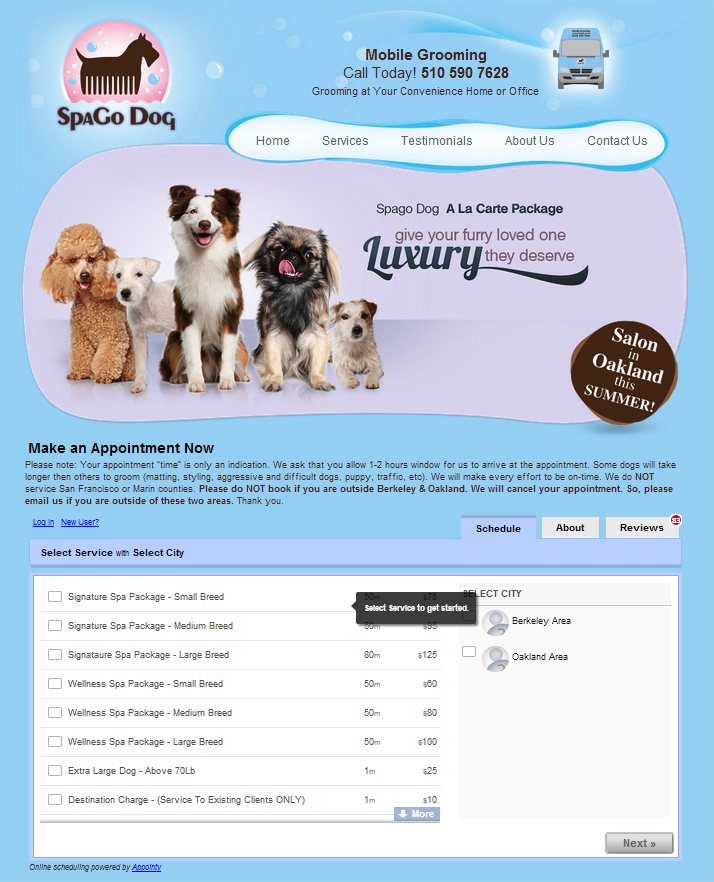
Flexibility in configuring availability by business
A business requires a flexible booking system so that it can optimize the slots available with each of its resources (people or machines). Appointy allows the business to configure different available time slots with different resources, and allows various granularity of slot sizes. It also allows a rich integration with personal calendar for the staff so that they can see all their appointments in 1 place.
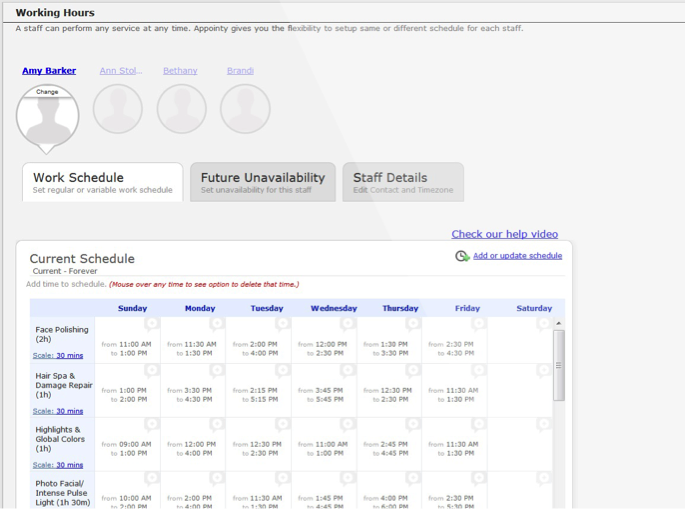

Rich Business Management features
Appointy collects lots of data about business performance. It provides the clients with this data via a rich dashboard for quick review of business performance, and a number of reports. Whether it is analyzing the footfalls in the business compared to last month/year, analyzing this month’s revenue, categorizing customers to analyze trends, you can perform all these analyses through Appointy.

Customer Management
Given that Appointy manages all the appointments, it has huge amount of data about customer behavior before, during and after service delivery. Appointy offers a rich CRM layer to help their clients leverage this data. The intent is to help the client grow their business. Creating a last minute deal for the slots going empty, driving a loyalty program by giving special discounts to highly active customers, or collecting feedback from the customers when they are visiting the business or through emails, Appointy allows the business to drive customer engagement and create an extremely positive experience for their (clients’) customers.
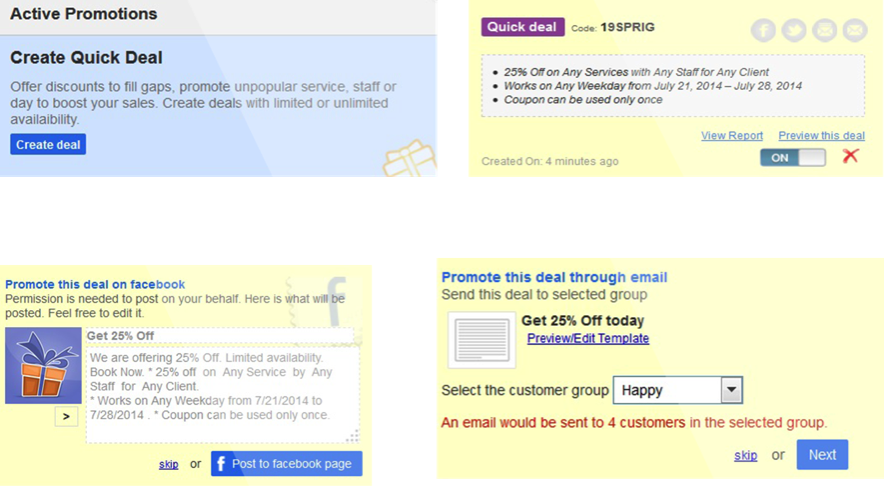
Differentiators
There are many appointment scheduling software in the market. However, there are 3 areas in which Appointy differentiates itself from the competition:
Focus on helping clients grow their business
This is part of their strategy and this shows up in the way features are designed and conceptualized and the way data is used to create business opportunities.
Complete CRM system
They are very focused on helping the business manage their customers right from within Appointy and they are successful in doing so.
Data Analytics Platform
Appointy collects lots of data around business performance and customer interactions and provide a platform for their clients to make data-driven decisions.
Development Process
Team
They are a small team of 10 people, most of whom have been working on it since the product was conceptualized. The product is built on Microsoft technologies – .NET & SQL Server. Each person has an expertise in one technology but can multitask at the same time, and as Nemesh says, “jack of all trades and master of one!” Since it is hard to get good people in the small city they are located in, they have outsourced their support and onboarding.
Product management
To identify new feature needs, they rely on customer data analysis, trial users’ behavior, and feature requests from existing customers. Since their support team engages deeply with the customer, they play a major role in surfacing the customer needs. They rank all these new requests and rank them to come up with most requested features every 3 months, and design it in a generic way so that it works for everyone. Idea is to keep the out-of-box experience simple, but allow rich features to those who need it, without cluttering the experience of those who don’t.
They focus on usability of their features a lot. They measure end customer behavior (using MixPanel and Totango) and analyze the data to come up with improvements, which they test with their customers and roll them out. They also borrow ideas from well-known products out there in calendaring space so that they can provide familiar and high-quality experience to their clients and their customers.
Release management
Their pace of adding features has changed over the years. Five years ago, they would add about 200 small and big features a year. Now they add about 20 features in a year. This is not only because there are no more glaring feature gaps, but also because customers get confused when large number of features are getting added at a rapid pace. This is also the reason why they have moved to a quarterly release rhythm from a monthly release one. To aid the customer in wading through multiple features, they added “settings search” page, similar to what Chrome offers for its settings.
A typical feature will be conceptualized, built and staged in their test area, go through some beta testing by select customers, and rolled into the next quarterly release.
Market
Reach
It is a large market that Appointy operates in. There are 26M SMB in USA alone. Appointy supports 100 verticals (lifestyle and health primarily) which is about 10M businesses. 9M of these still use pen and paper for their scheduling needs. Appointy’s strategy is to focus on the remaining 1M (and growing rapidly) business since they understand online scheduling. Today Appointy is on almost every major street of USA.
They have about 60,000+ registered businesses globally and are growing at the rate of 5-6% month-on-month. Appointy believes that their product is their strength. They haven’t spent a dollar till date on Sales & Marketing!
Their biggest competitor is pen & paper scheduling. A few others are Bookfresh.com (Acquired by Square now), Mindbodyonline.com ($23 million funded company), Appointment-plus.com and Genbook.com. All of them offer similar services. MindBody is interesting because their strategy is to convert businesses that use pen and paper to come online and start using online tools like those for appointment. So they work with a different customer segment than Appointy’s.
Product Vision and Strategy
Currently, Appointy have about 60K businesses signed up. The goal is to get this number to 250K by 2 years and 1M businesses by 5 years, primarily by totally focusing on helping their clients grow their business and becoming their partner in business creation and development. Today, they create service revenue worth $500K for their clients in a year. They want to help the businesses grow 20-25% in a year by bringing new customers to them.
Couple of ways they want to achieve this:
- Local directory service (City Pages) with appointment facility – If someone needs a haircut, they can go to Appointy directory and look up the best one that meets their needs and book it there and then. This creates an alternative source of customers for their clients.
- Help businesses sell open times – Every service slot going vacant is a revenue opportunity lost. Appointy intends to create solutions that can allow open slots to be sold and revenue generated. Creating last-minute deals is one service that is offered already, they continue to work on more.
They keep exploring alternative revenue sources too. For example, aggregating all the commerce transactions through a single payment gateway can help get lower transaction costs for their customers as well as get an alternative revenue source for Appointy in terms of per-transaction fees.
The Road Ahead
Appointy has come a long way from where they developed Appointy as a free plug-in. They still have a long way to go. There are a few things they need to focus on:
- Position the product better – The product has lots of potential to be used in a wide variety of ways – calling it a scheduling software severely restricts these possibilities. Appointy needs to reimagine the product positioning.
- Change the playing field –This is related to previous point: they need to get out of the ‘appointment booking’ vocabulary and get into ‘services marketplace’ vocabulary. They need to talk about and think of themselves as an e-commerce company, à la Flipkart of Services.
- Get access to talent pool – They also need to make sure they have access to a large talent pool. They have a huge opportunity in their hands, and they need to leverage it quickly. Sitting in a small city, this may be hard to accomplish.
Local services marketplace is heating up, Amazon, eBay, startups are buzzing with activity. Even though these are different kinds of services (hire a painter for your house for 3 days), it is the same space that Appointy operates in. If Appointy (and other online scheduling software companies) don’t play in this market, they can be disrupted by these services marketplace. Time is right for Appointy to change its game, and a huge opportunity awaits them. Good luck for a bright future ahead!








 I have been a software hobbyist, coding and developing software for fun since my school days. I graduated with a Masters in Industrial Engineering from Penn State University, US in 2004 and soon joined our family business. At that time the business was undergoing a transformation and we were trying to set up a custom ERP system to integrate Sales, Purchasing, Inventory and Accounting. I took ownership of the implementation and that experience gave me the first taste of ERP platforms.
I have been a software hobbyist, coding and developing software for fun since my school days. I graduated with a Masters in Industrial Engineering from Penn State University, US in 2004 and soon joined our family business. At that time the business was undergoing a transformation and we were trying to set up a custom ERP system to integrate Sales, Purchasing, Inventory and Accounting. I took ownership of the implementation and that experience gave me the first taste of ERP platforms.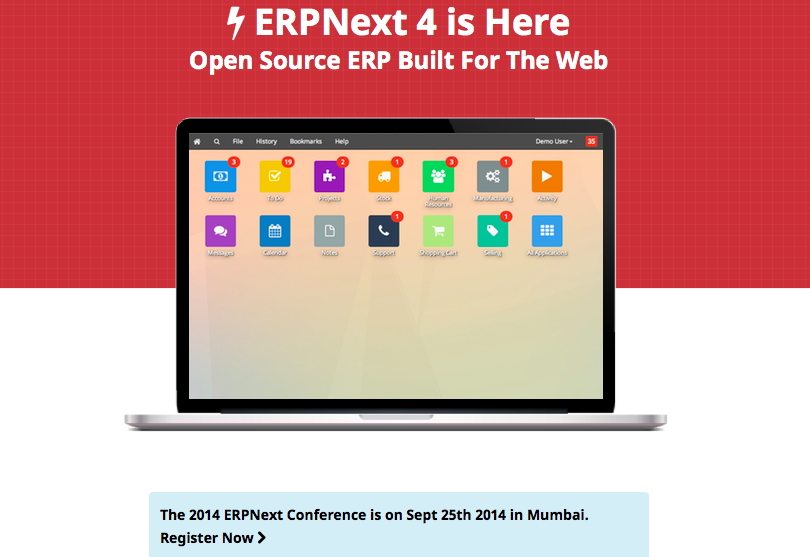







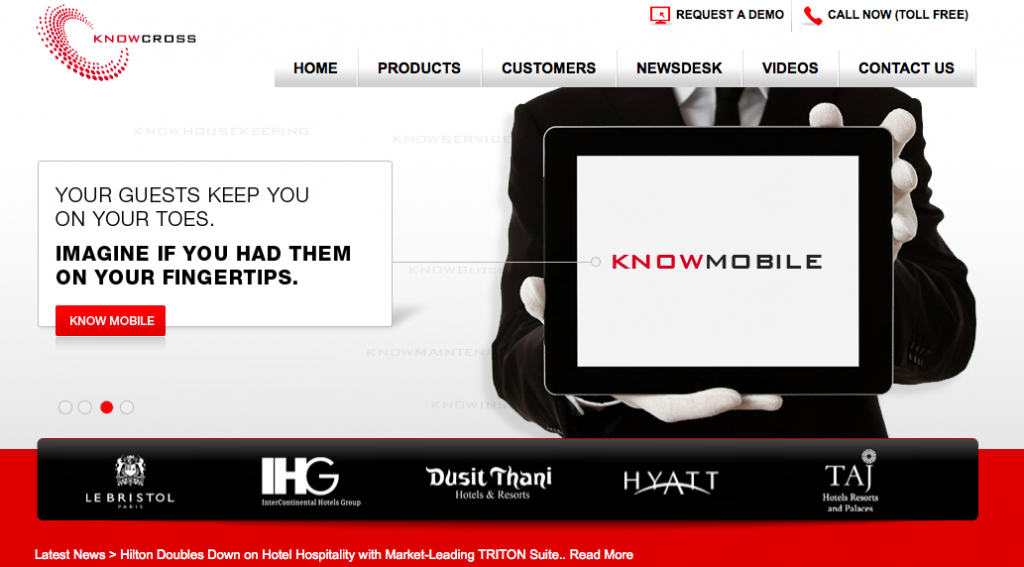
 We started by accident. In my early teens I was an avid self-taught programmer – and honed by skills on Sinclair Spectrums, Commodores, and BBC Micros computers. However, I left this passion to pursue a more traditional Economics-MBA-Banking-Consulting career path…until life came full circle! In 2002, a friend and I were doodling around and we put some developers together to work on different software projects. Because of the dotcom bust the market soon dried up. One of the projects we worked on was for a hotel. That experience got us interested in the space and we ended up developing a product. We created a few prototypes, went out to the market and got some positive early reactions. That gave us the encouragement we needed to continue in the space. In hindsight, I think we selectively saw the data we wanted to support our belief and desire to continue developing the product!
We started by accident. In my early teens I was an avid self-taught programmer – and honed by skills on Sinclair Spectrums, Commodores, and BBC Micros computers. However, I left this passion to pursue a more traditional Economics-MBA-Banking-Consulting career path…until life came full circle! In 2002, a friend and I were doodling around and we put some developers together to work on different software projects. Because of the dotcom bust the market soon dried up. One of the projects we worked on was for a hotel. That experience got us interested in the space and we ended up developing a product. We created a few prototypes, went out to the market and got some positive early reactions. That gave us the encouragement we needed to continue in the space. In hindsight, I think we selectively saw the data we wanted to support our belief and desire to continue developing the product! The test, or the challenge, as we call it, gives us a good understanding of a candidate’s programming proficiency. If they have performed well in the challenge, we know the candidate is good. We then aggregate their coding activities from online sources like
The test, or the challenge, as we call it, gives us a good understanding of a candidate’s programming proficiency. If they have performed well in the challenge, we know the candidate is good. We then aggregate their coding activities from online sources like 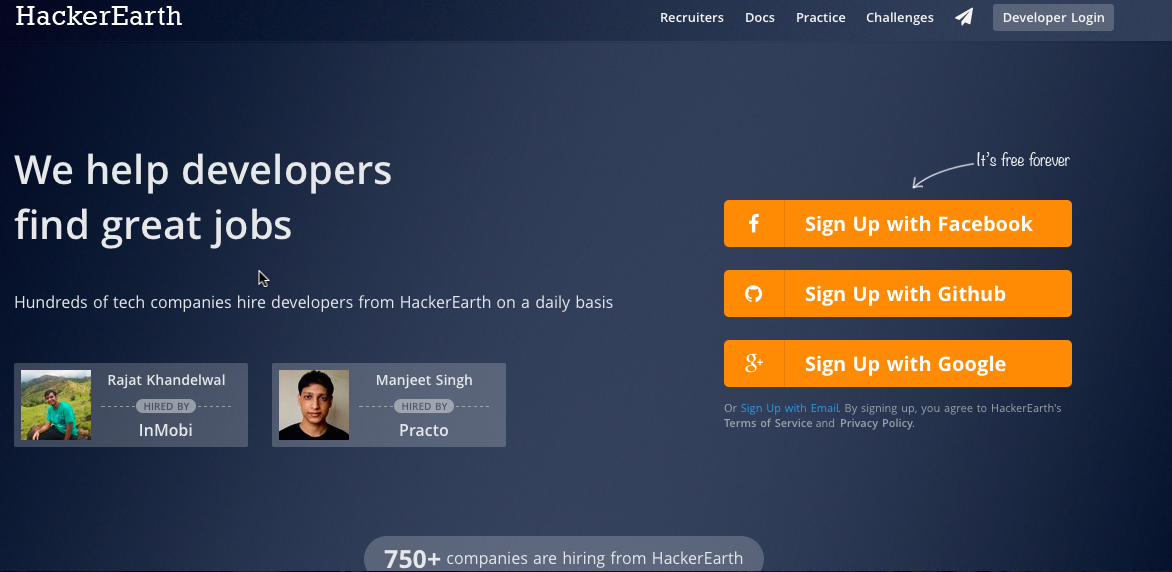
 BrowserStack helps you test your website (internal or public) on 300+ desktop and mobile browsers on different Windows, Mac & mobile OS flavors. It solves the problem of not having to setup and maintain multiple Virtual machines and devices to test your website.
BrowserStack helps you test your website (internal or public) on 300+ desktop and mobile browsers on different Windows, Mac & mobile OS flavors. It solves the problem of not having to setup and maintain multiple Virtual machines and devices to test your website. 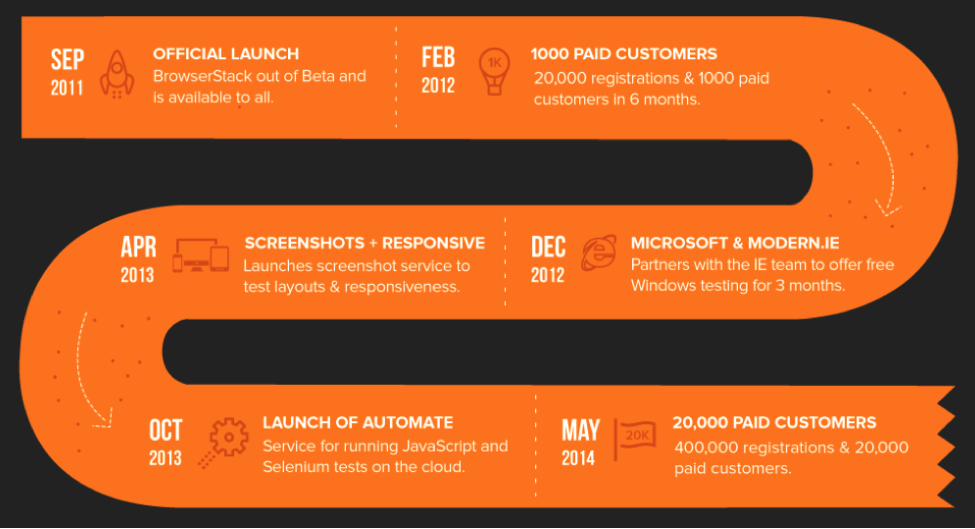
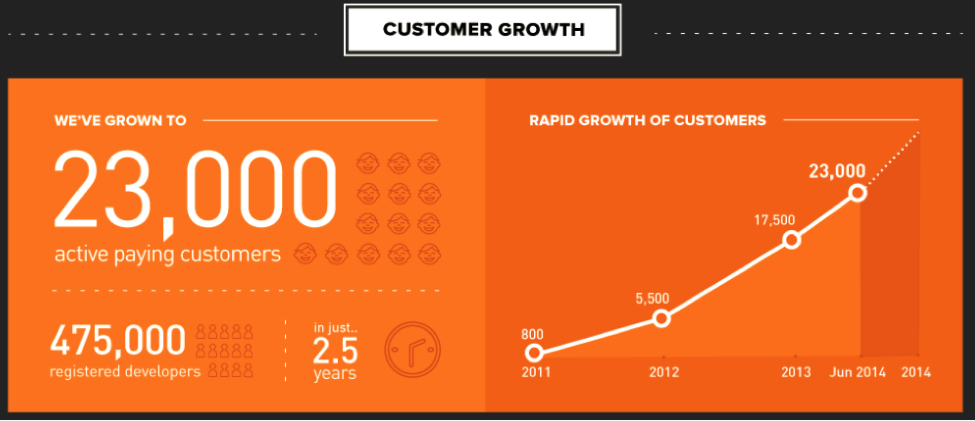
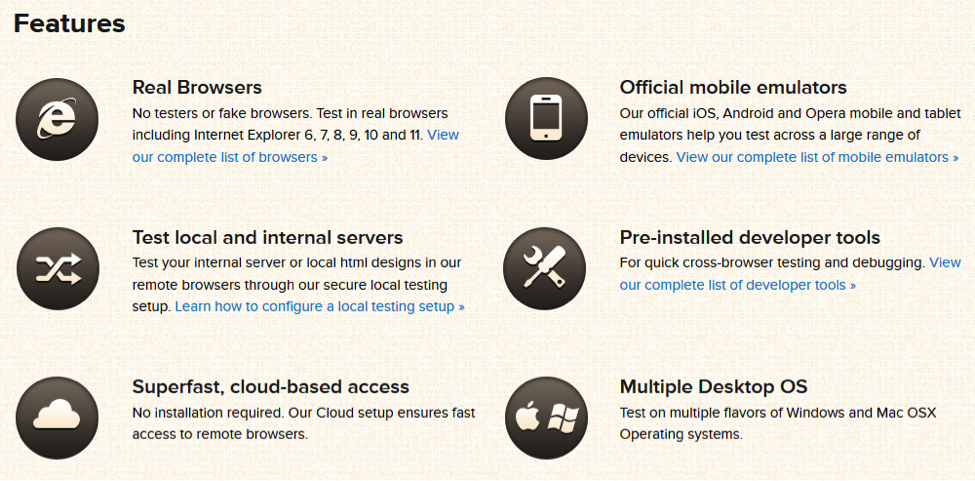

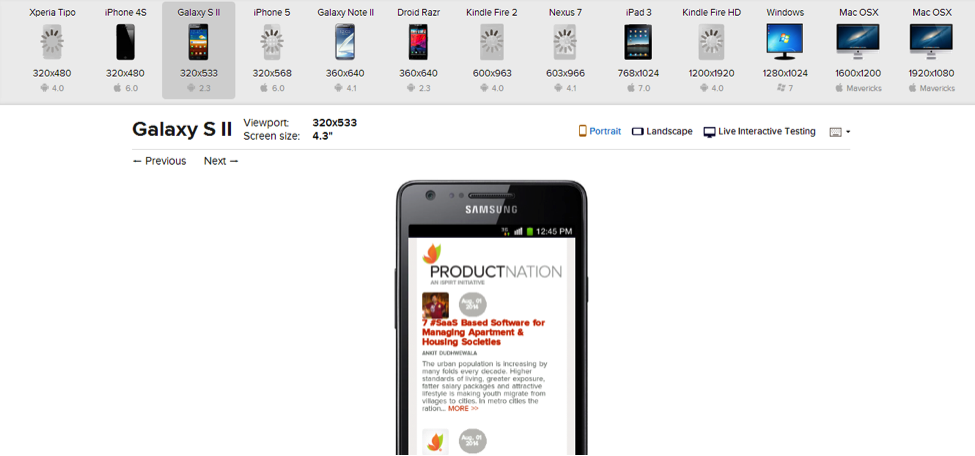
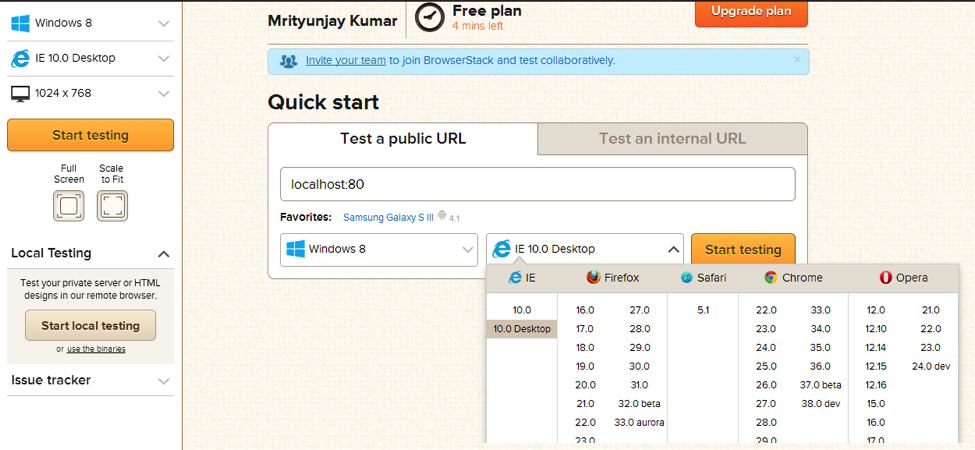
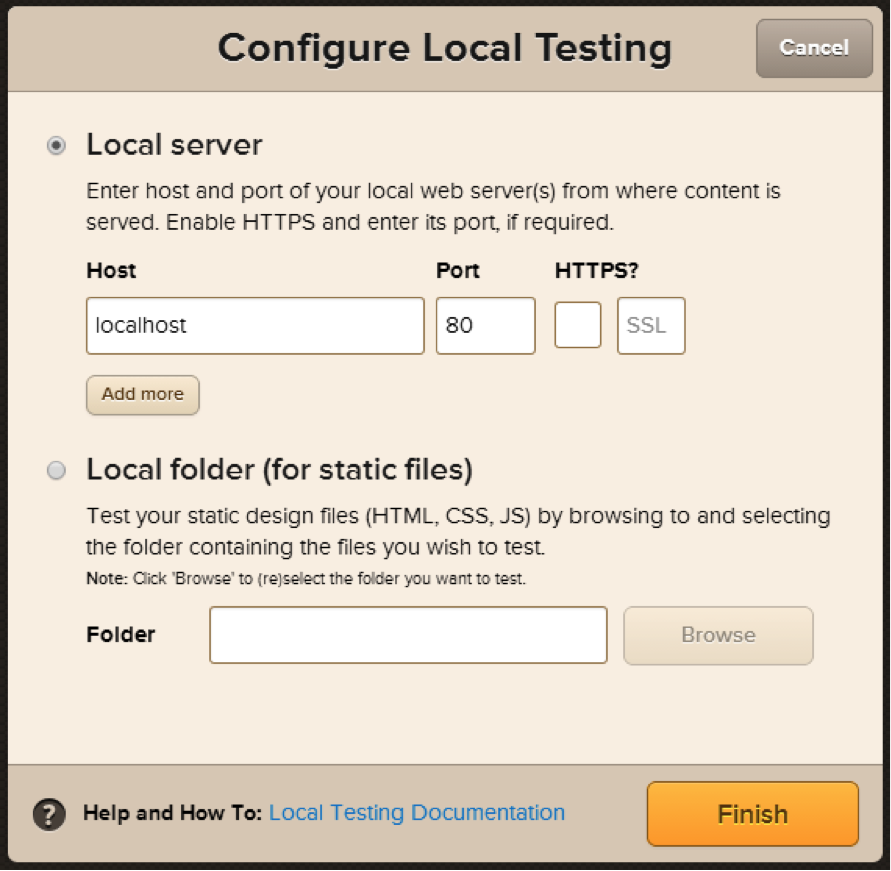




 Appointy
Appointy





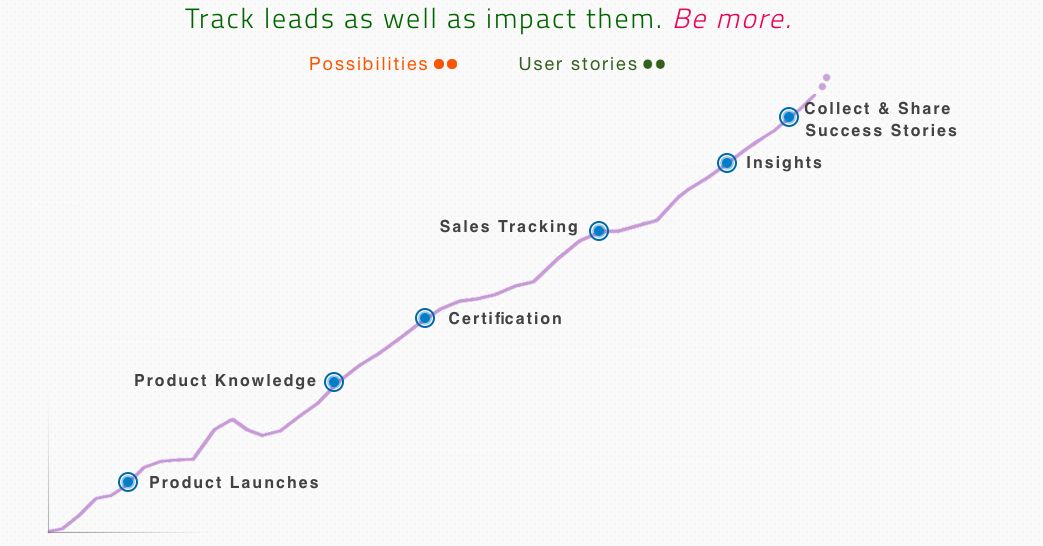
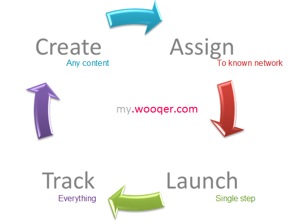 Wooqer’s solution to such class of problems that demand improved employee productivity, is synthesized into this platform comprised of tools that enables integrated, two-way, real-time and measurable content exchange channel between the employee producers and consumers of content in a large corporate setting. It is deployed as a multi-tenant, tenant-isolated, elastic cloud-based SaaS offering (a delivery model but not SaaS as a sales model i.e., direct sales, not self-service). It enables each of the Wooqer’s clients to exchange & track the content between any of their business producer and content consumers using a simple 4-step methodology as shown in the adjacent picture.
Wooqer’s solution to such class of problems that demand improved employee productivity, is synthesized into this platform comprised of tools that enables integrated, two-way, real-time and measurable content exchange channel between the employee producers and consumers of content in a large corporate setting. It is deployed as a multi-tenant, tenant-isolated, elastic cloud-based SaaS offering (a delivery model but not SaaS as a sales model i.e., direct sales, not self-service). It enables each of the Wooqer’s clients to exchange & track the content between any of their business producer and content consumers using a simple 4-step methodology as shown in the adjacent picture.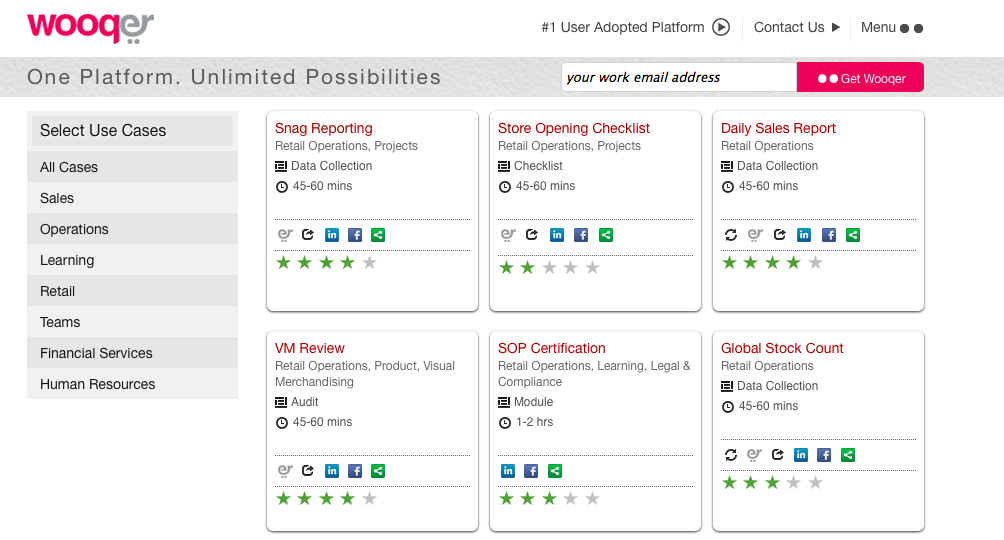
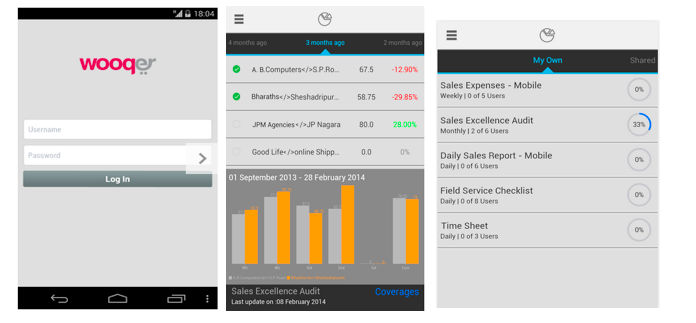

 Business processes are launched with a workflow that is custom-built around the content at the time of publishing. Creating a process to gather data can be as simple as a survey or more involved to collect any kind of business data. Processes to map workflows in real-time exists including canned workflows like Approvals, Reviews, Complaint Management, Audits, Reports. Adding due dates, escalations, milestones, notifications, and conditions like parallel or sequential branching are supported along with maintaining records for posterity. Workflows can be created in a few minutes and kept current, by updating them in a few seconds.
Business processes are launched with a workflow that is custom-built around the content at the time of publishing. Creating a process to gather data can be as simple as a survey or more involved to collect any kind of business data. Processes to map workflows in real-time exists including canned workflows like Approvals, Reviews, Complaint Management, Audits, Reports. Adding due dates, escalations, milestones, notifications, and conditions like parallel or sequential branching are supported along with maintaining records for posterity. Workflows can be created in a few minutes and kept current, by updating them in a few seconds. Other personalization and socialization features include spotlighting a personal document, real time talk and feedback (using SMS, with urgency indicator) in the context of a document or business social context. The product is evolving with the users and sector adoption without customer-specific customization and retaining the platform nature. For instance when the banking sector customers came onboard to use Wooqer, issues such as security, uptime and regulation related features were added that also benefitted the retail segment without additional cost or upgrade burden. As they foray into addition sectors (emerging, industrial) and geographies(US, UK), the team seems confident in their ability to sustain a vibrant roadmap with “dip-in, dip-out” product management focus to zoom in and out to see the big picture without loosing the details of a requirement or feature.
Other personalization and socialization features include spotlighting a personal document, real time talk and feedback (using SMS, with urgency indicator) in the context of a document or business social context. The product is evolving with the users and sector adoption without customer-specific customization and retaining the platform nature. For instance when the banking sector customers came onboard to use Wooqer, issues such as security, uptime and regulation related features were added that also benefitted the retail segment without additional cost or upgrade burden. As they foray into addition sectors (emerging, industrial) and geographies(US, UK), the team seems confident in their ability to sustain a vibrant roadmap with “dip-in, dip-out” product management focus to zoom in and out to see the big picture without loosing the details of a requirement or feature. Customer and industry testimonials for Wooqer are very positive especially from the likes of Retail Association of India, in academic publications (IIMB case study that is currently a Harvard Business Case, SHRM paper on “Solving emerging HR challenges – The Wooqer Way”) as well as in commercial press. Impact they have created in their areas of focus is also worth noting.
Customer and industry testimonials for Wooqer are very positive especially from the likes of Retail Association of India, in academic publications (IIMB case study that is currently a Harvard Business Case, SHRM paper on “Solving emerging HR challenges – The Wooqer Way”) as well as in commercial press. Impact they have created in their areas of focus is also worth noting. The idea of Zepo.in came as a result of some challenges I faced during my previous stints of managing a T-shirt business and a startup. In particular, while I was running the T-shirt business, I realized how difficult it was for small businesses like us to get online and sell to the Indian market. We got fooled by a web developer who charged us a bomb and came up with a crappy website, we had to shell out huge percentage of our sales to payment gateways, and we did not have the right logistics support to help us deliver our products to our customers on time, to name a few.
The idea of Zepo.in came as a result of some challenges I faced during my previous stints of managing a T-shirt business and a startup. In particular, while I was running the T-shirt business, I realized how difficult it was for small businesses like us to get online and sell to the Indian market. We got fooled by a web developer who charged us a bomb and came up with a crappy website, we had to shell out huge percentage of our sales to payment gateways, and we did not have the right logistics support to help us deliver our products to our customers on time, to name a few. Sure. I think there have been lots of good things that have happened since we decided to start Zepo.in. The first thing that comes to my mind is that, before even we formally started off our operations, we had 6 customers who had already given us post dated cheques – just by listening to what we were building. This gave us validation from the customer end – also helped us to tweak our offering better based on the initial set of feedback.
Sure. I think there have been lots of good things that have happened since we decided to start Zepo.in. The first thing that comes to my mind is that, before even we formally started off our operations, we had 6 customers who had already given us post dated cheques – just by listening to what we were building. This gave us validation from the customer end – also helped us to tweak our offering better based on the initial set of feedback. Online collaboration is a method that gives the ease of access to work together with your team online simultaneously. Over the last few years, online collaboration has got a few adjustments done and all we can say, yes, it is better than ever. The World Wide Web has exploded with information, there are new ideas created, implemented, and trashed every day. Restricting yourself to one idea at one location is not doing justice to the race of technology. This is where online collaboration tool comes into play. If you have the right tools, using the technology to your advantage becomes even easier. Co-founded by BITS Pilani alumni
Online collaboration is a method that gives the ease of access to work together with your team online simultaneously. Over the last few years, online collaboration has got a few adjustments done and all we can say, yes, it is better than ever. The World Wide Web has exploded with information, there are new ideas created, implemented, and trashed every day. Restricting yourself to one idea at one location is not doing justice to the race of technology. This is where online collaboration tool comes into play. If you have the right tools, using the technology to your advantage becomes even easier. Co-founded by BITS Pilani alumni  Frambench is currently focused on expanding their paid user base and making it popular amongst lawyers, architects, consultants and other professional groups with attractive pricing structure and options. This they believe can be achieved via strategic partnership with various large players across the globe. The team is also exploring series of fund raising with well-known venture capitalists in India and the United States.
Frambench is currently focused on expanding their paid user base and making it popular amongst lawyers, architects, consultants and other professional groups with attractive pricing structure and options. This they believe can be achieved via strategic partnership with various large players across the globe. The team is also exploring series of fund raising with well-known venture capitalists in India and the United States.

 I recently met with
I recently met with